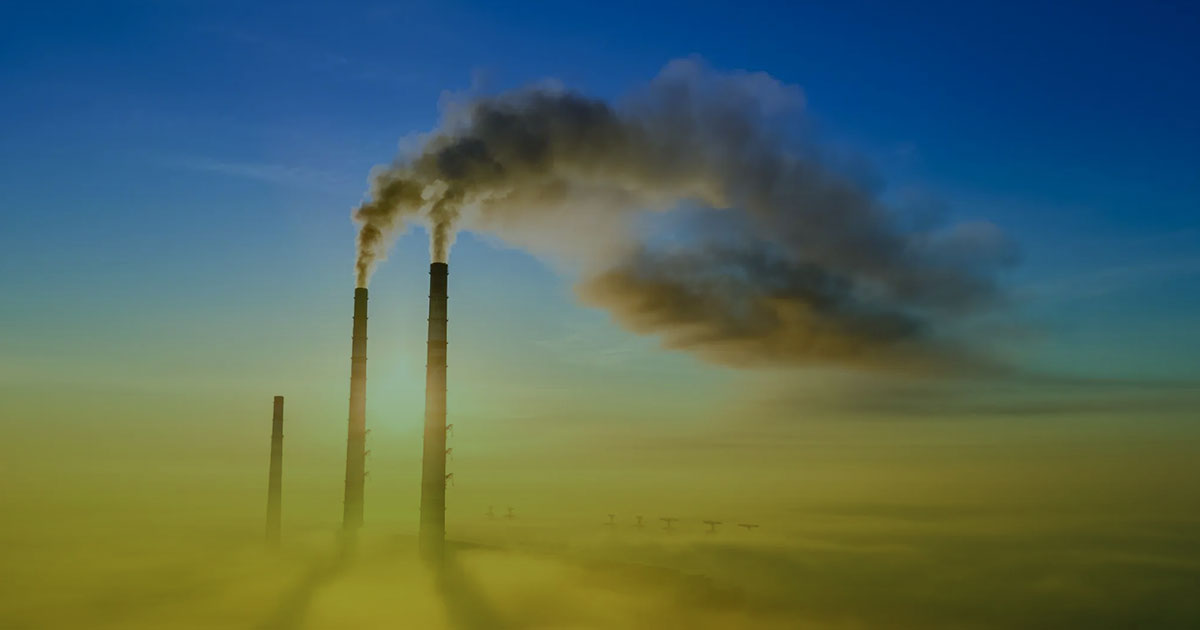
Greenhouse gases, climate change and Honduras
One of the main components of the atmosphere are greenhouse gases that accumulate spontaneously and due to human activities are capable of absorbing infrared radiation (heat release) from the earth's surface, increasing and retaining heat in the earth. That is, they are those gases present on the surface of the atmosphere that give rise to the greenhouse effect.
Most GHGs are of natural origin. The abnormal increase in the concentration of GHG in the atmosphere twenty years ago according to the Report of the Intergovernmental Panel on Climate Change with acronym in English IPCC is the product of the activities that man has been carrying out since the pre-industrial era. These have caused global warming which results in increased temperatures on land, air and oceans. Every year it can be seen that the climate is deteriorating rapidly, due to inappropriate human activities, causing the main problems in the environment and in people's health. Among the main repercussions are the impacts to; health, agriculture, forests, water resources, coastal zones, wetlands, infrastructure, which affect all aspects of human life.
Human activities cause the production of Greenhouse Gases (GHG) to increase, according to the United Nations Organization. Fossil fuels are used to generate electricity, which represent a greater consumption of carbon dioxide (CO2) and for industrial processes, deforestation, decomposition of solid and liquid waste, poor practices in agriculture and livestock, inefficient industrial processes and refrigerant gases.
Climate change is currently registered as one of the greatest global challenges for humanity. To deal with it, mitigation activities must be implemented to reduce greenhouse gas (GHG) emissions and it is also important to establish adaptation measures to climate change to reduce its negative impacts and make the most of the opportunities it generates.
According to the Scientists of the Intergovernmental Panel on Climate Change (IPCC) in their V and latest report (known as AR5, 2013), they report with 95% certainty that human activities with an intensive use of fossil fuels (carbon, natural gas and petroleum-derived fuels) are causing additional global warming to that of natural cycles, and show that on land, in the air and in the oceans global warming is unequivocal. In addition, they conclude that “even if there were the possibility of immediately stopping all greenhouse gas (GHG) emissions, there would in any case be unavoidable damages of considerable magnitude that have already begun to be caused or will occur in the future, being in many irreversible cases.
For what the Intergovernmental Group of Experts on Climate Change establishes in the report of the Working Group II of the AR5: Impacts, Adaptation and Vulnerability, presented in March 2014 the following:
- Forecast for the Central American region: Increase in temperature and sea level, water scarcity, urban flooding, threat to food production, increase in tropical diseases, loss of biodiversity, among others.
- Reaffirmation: Climate change is an indisputable phenomenon that has significant adverse effects and in many cases irreversible consequences, giving prominence to the urban environment as a key sector in terms of adaptation.
- Renewable energy projects.
- Energy efficiency projects.
- Capture of methane from wastewater and municipal dumps.
- Recovery of degraded areas.
- Avoid deforestation.
- Use of Biomass to generate electricity.
- Biodigesters (Use of the gas and organic fertilizer that is produced.
- Efficient kitchens.
- Avoid the use of urea.
- Activities that help to stabilize GHG in the atmosphere, control the increase in the earth's temperature and reduce the vulnerability of Honduras and the Global Climate System.
- Improve early warning and monitoring systems.
- Relocation from stable areas to populations living in high-risk areas.
- New ways of building (Bridges, Roads, Houses, ETC.).
- New forms of land use without fertilizers (Urea fertilizers heat the earth 380 times more than CO2).
- New forms of livestock activities.
- Disaster risk preparedness.